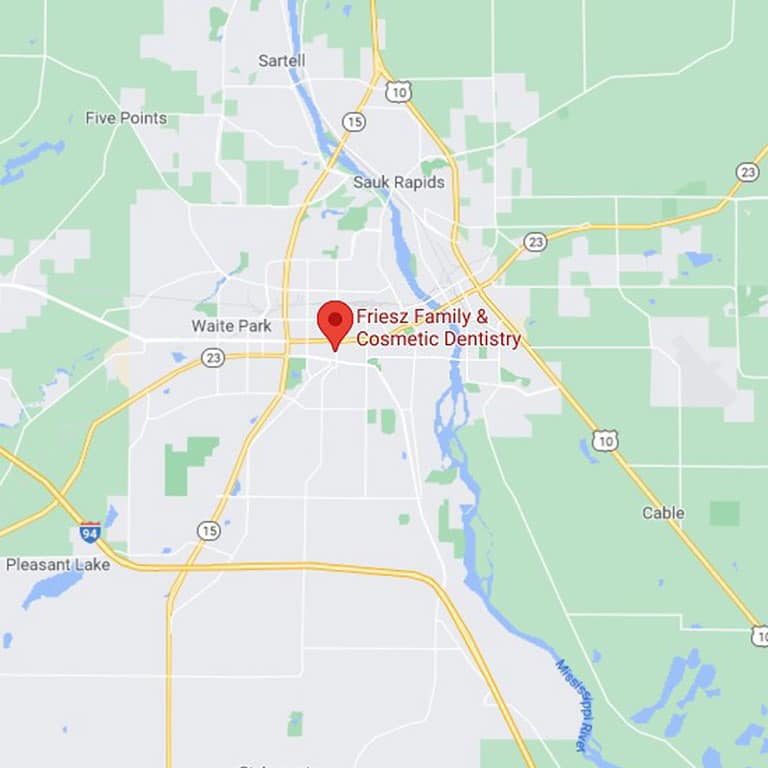How Long Do Dental Sealants Last?
Dental sealants are coatings applied to your back teeth that can help you stop cavities from forming. You can think of them as a roadblock for plaque and bacteria, so they don’t have the opportunity to burrow into the tooth and cause cavities. If you’re interested in this procedure, we’ll look at the benefits as well as how long they last.
How Do Dental Sealants Work?
When a dentist applies a dental sealant, first they clean the tooth and then dry the surface entirely. This is to ensure that no moisture or plaque can potentially get trapped inside the tooth. Then, an acidic solution will be applied, which will create small openings in the enamel, so the sealant can bond. The dentist can then apply the liquid sealant, so it can be hardened into a smooth barrier.
How Long Do Dental Sealants Last?
A well-applied dental sealant in St. Cloud, MN can last for about 10 years, though the average is between five and seven years. The difference in lifespan largely comes down to how the sealant is applied. While the general steps of the process are pretty easy to explain, the actual quality of the work can vary widely based on the dentist’s technique. Sealants are more than just time in a dentist’s chair, it can be a financial commitment as well. This is why it’s so important to find someone qualified to get the most from your investment.
Dental Sealants in St. Cloud, MN
Dental sealants are typically recommended for younger people, either children or adolescents. This is because their back teeth have more crevices in them, making the dental sealants more effective. Once the holes are filled in, there’s less space for the sealant to bond to. However, that doesn’t mean that adults can’t benefit from the treatment. While less common, some adults have been known to successfully use dental sealants to prevent cavities.
Preventative dentistry in St. Cloud, MN can save you a lot of time and money overall. If you have questions about how to keep cavities at bay, the staff at Friesz Family and Cosmetic Dentistry is here to help. Contact us today to learn more about what procedures will work best for you and your loved ones.




